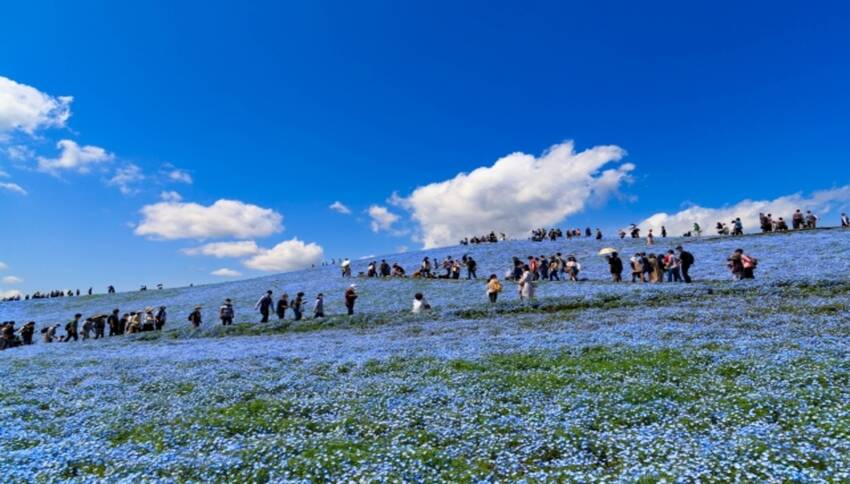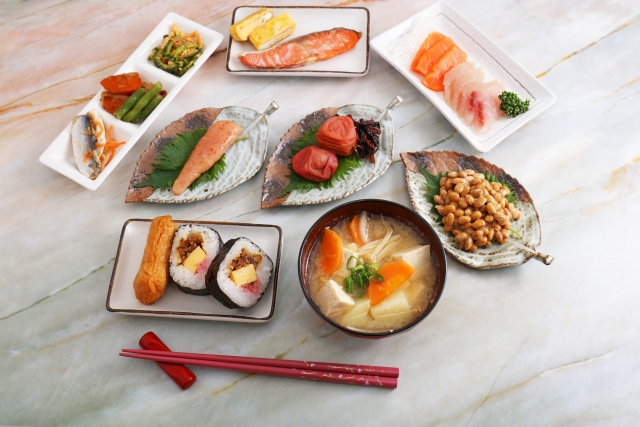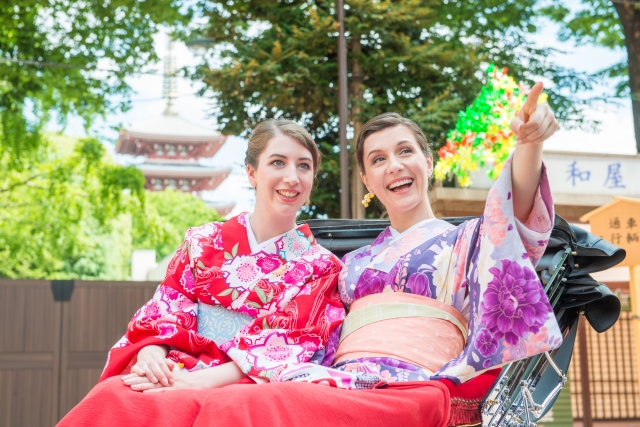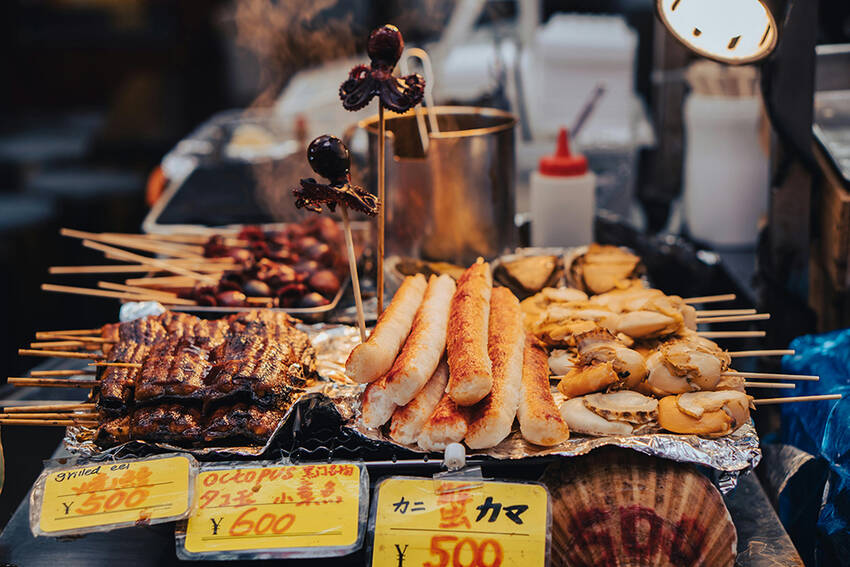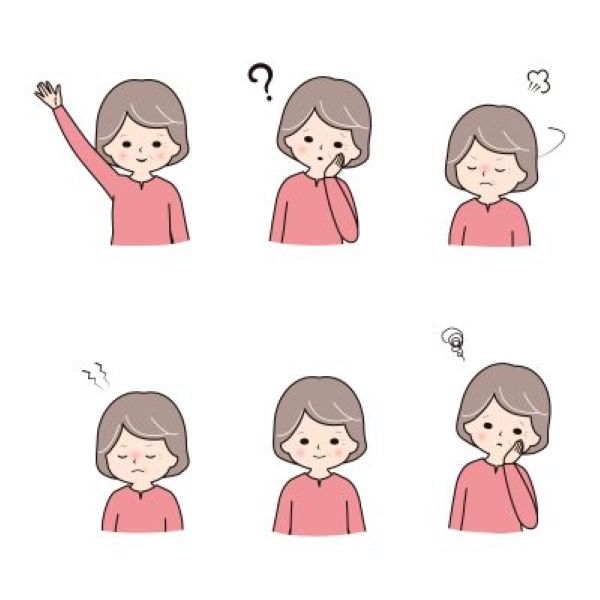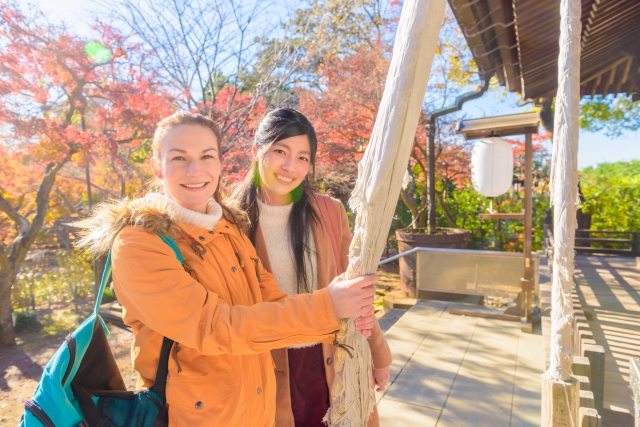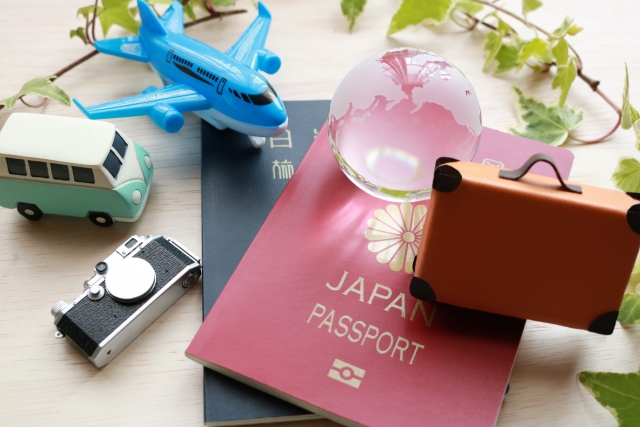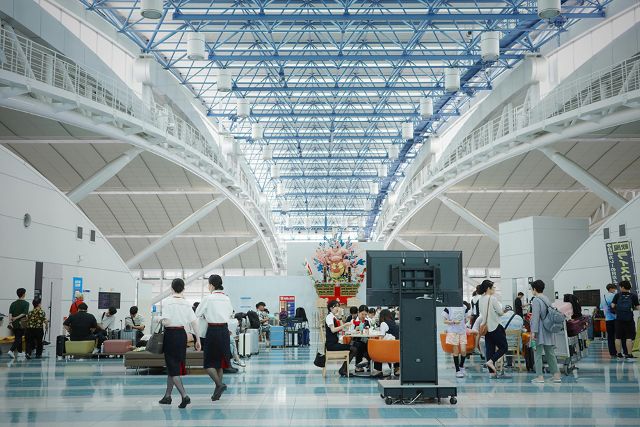今年もゴールデンウィークの時期になりました。2025年は日程の調整次第で、最大11日間の連休を取ることができます。
昭和の日の祝日 4月29日の前後の4日間に有給休暇を取ると、4月26日(土)から5月6日(火)まで11連休になります。
この時期に旅行をする場合の注意点
ゴールデンウィークは日本の連休の中でも特に人気があり、多くの人が旅行や帰省をします。そのため、次のような混雑や不便が予想されます。
昭和の日の祝日 4月29日の前後の4日間に有給休暇を取ると、4月26日(土)から5月6日(火)まで11連休になります。
この時期に旅行をする場合の注意点
ゴールデンウィークは日本の連休の中でも特に人気があり、多くの人が旅行や帰省をします。そのため、次のような混雑や不便が予想されます。
- 新幹線や飛行機などの交通機関は満席になりやすい
- ホテルの料金が高くなり、予約も取りにくい
- 人気の観光地は混雑し、行列や入場制限が発生することもある
海外から日本に来る方へのご案内
日本旅行を計画されている方には、できればこの期間を避けることをおすすめします。 初めての日本旅行や、静かに文化を体験したい方には不向きな時期です。
可能であれば、ゴールデンウィークの前後(4月中旬または5月中旬)に訪れると、より快適に日本を楽しむことができます。
春の日本は見どころもたくさん
ゴールデンウィークの時期は、全国でさまざまな花が見頃を迎える時期でもあります。 特におすすめは茨城県にある「国営ひたち海浜公園」です。青いネモフィラの花が一面に咲き、空と地面がつながったような美しい景色を楽しめます。
ゴールデンウィークは、国内旅行には最適な時期ですが、混雑も予想されます。旅行を予定されている方は、早めの予約と計画が大切です。海外から日本を訪れる方は、時期を少しずらすことで、よりゆったりと日本を満喫できるかもしれません。
充実した春の時間をお過ごしください。
Golden Week 2025: Up to 11 Consecutive Days Off
Golden Week is just around the corner, and in 2025, you could enjoy up to 11 consecutive days off, depending on how you plan your schedule.
Golden Week is a major holiday period in Japan from late April to early May. It includes several national holidays in a row, such as Showa Day (April 29), Constitution Memorial Day (May 3), Greenery Day (May 4), and Children’s Day (May 5). Because these holidays are so close together, many people take time off from work, making it one of the longest and busiest holiday periods of the year in Japan. People also often abbreviate Golden Week to “GW”.
By using paid time off (PTO) during the four days before and after Showa Day (April 29), you can take a long break from Saturday, April 26, to Tuesday, May 6.
Things to keep in mind when traveling during Golden Week
Golden Week is one of the busiest holiday periods in Japan, with many people traveling domestically and returning to their hometowns. Therefore, you may experience the following inconveniences:
Golden Week is a major holiday period in Japan from late April to early May. It includes several national holidays in a row, such as Showa Day (April 29), Constitution Memorial Day (May 3), Greenery Day (May 4), and Children’s Day (May 5). Because these holidays are so close together, many people take time off from work, making it one of the longest and busiest holiday periods of the year in Japan. People also often abbreviate Golden Week to “GW”.
By using paid time off (PTO) during the four days before and after Showa Day (April 29), you can take a long break from Saturday, April 26, to Tuesday, May 6.
Things to keep in mind when traveling during Golden Week
Golden Week is one of the busiest holiday periods in Japan, with many people traveling domestically and returning to their hometowns. Therefore, you may experience the following inconveniences:
- Packed transportation like bullet trains and flights.
- Higher hotel prices and difficulty in making reservations.
- Crowded popular tourist spots, with long lines and possible entry restrictions.
For international travelers planning to visit Japan
If you're planning a trip to Japan around the time of Golden Week, it's best to avoid this period if possible.
This may not be a good time to visit—especially if this is your first time, or if you're looking for a peaceful, culturally immersive experience. Consider visiting in mid-April or mid-May, when crowds are smaller and you can enjoy Japan more calmly.
Spring in Japan: A Season of Natural Beauty
Considered as one of the most beautiful times of the year in Japan, a wide variety of flowers are in full bloom. One particularly beautiful spot is “Hitachi Seaside Park” in the Ibaraki Prefecture, where the blue nemophila flowers bloom all over the park, creating a stunning scene that looks like the sky has touched the ground.
Golden Week is a great time to explore Japan, but expect large crowds. If you're planning a trip, book your transportation and accommodation early. And if you're visiting Japan from overseas, you may be able to enjoy a more relaxed and enjoyable Japan by shifting your travel dates slightly.
Wishing you a wonderful spring in Japan!
If you're planning a trip to Japan around the time of Golden Week, it's best to avoid this period if possible.
This may not be a good time to visit—especially if this is your first time, or if you're looking for a peaceful, culturally immersive experience. Consider visiting in mid-April or mid-May, when crowds are smaller and you can enjoy Japan more calmly.
Spring in Japan: A Season of Natural Beauty
Considered as one of the most beautiful times of the year in Japan, a wide variety of flowers are in full bloom. One particularly beautiful spot is “Hitachi Seaside Park” in the Ibaraki Prefecture, where the blue nemophila flowers bloom all over the park, creating a stunning scene that looks like the sky has touched the ground.
Golden Week is a great time to explore Japan, but expect large crowds. If you're planning a trip, book your transportation and accommodation early. And if you're visiting Japan from overseas, you may be able to enjoy a more relaxed and enjoyable Japan by shifting your travel dates slightly.
Wishing you a wonderful spring in Japan!
sign up for the Japanese-Online Newsletter
__..-・**・-..__..-・**・-.._ あいうえお かきくけこ さしすせそ たちつてと なにぬねの はひふへほ まみむめも やいゆえよ らりるれろ わゐうゑを ん __..-・**・-..__..-・**・-.._
#JapaneseOnline #LearningJapanese #FreeJapaneseLessons #JapaneseVideoLearning #JapaneseAnime #Anime #JapaneseFood #Bloguru

